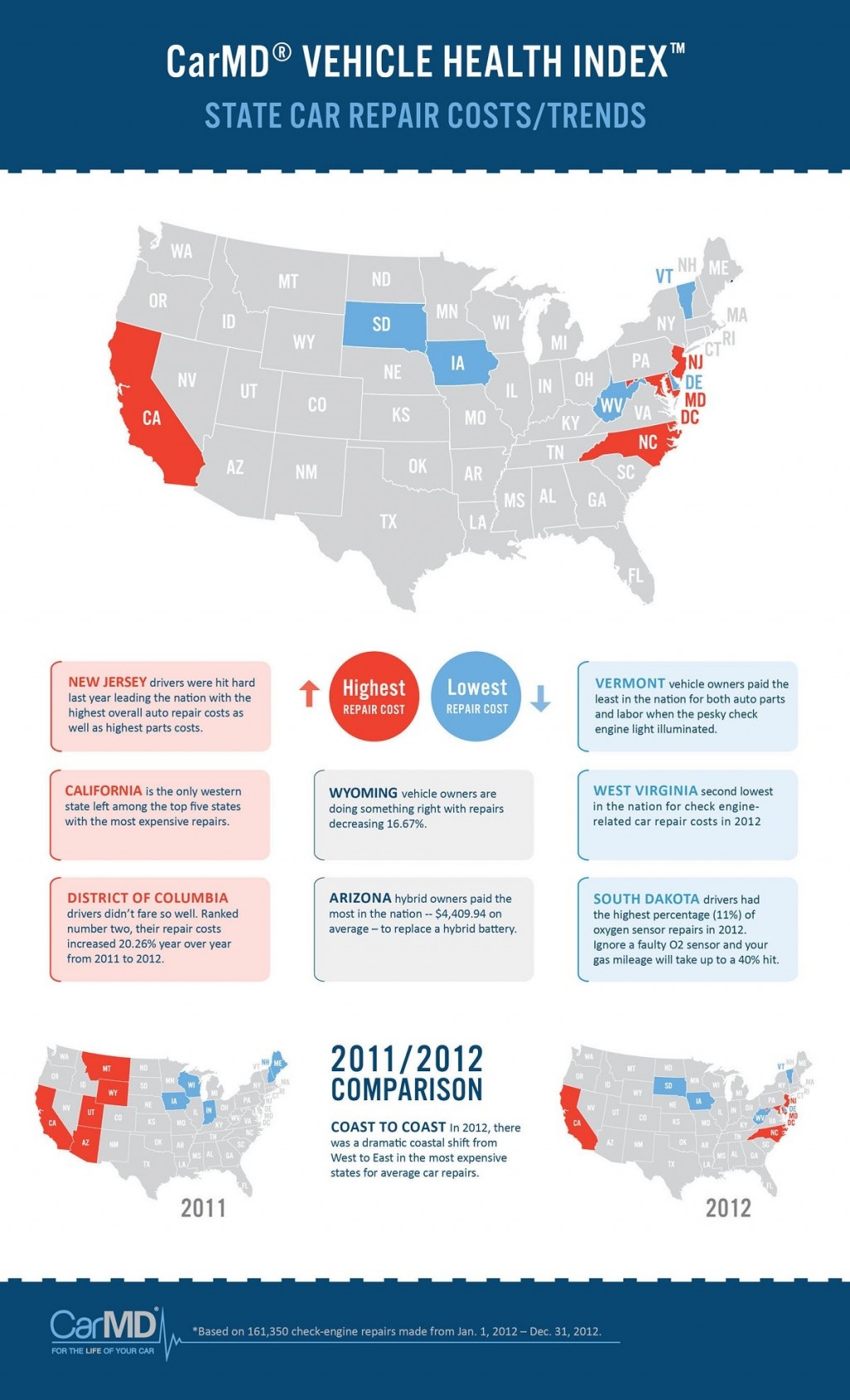Evaluating Your Automobile'S Warning Indicators: What They Actually Share
Evaluating Your Automobile'S Warning Indicators: What They Actually Share
Blog Article
Material Created By-Higgins Corbett
When you're behind the wheel, those beautiful caution lights on your dashboard can be a bit complicated. Do car shampoo near me understand what they're attempting to tell you concerning your cars and truck's wellness? Understanding https://thedailymiaminews.com/2022/01/17/struggling-with-auto-repair-read-these-tips of these lights is important for your security and the longevity of your automobile. So, the following time among those lights appears, wouldn't you want to decipher its message precisely and take the necessary actions to resolve it?
Common Caution Lights and Interpretations
Recognize typical caution lights in your car and comprehend their definitions to guarantee secure driving.
The most regular caution lights consist of the check engine light, which signals issues with the engine or discharges system. If this light comes on, it's critical to have your automobile checked promptly.
The oil stress alerting light indicates low oil stress, requiring instant attention to avoid engine damage.
A flashing battery light could suggest a faulty charging system, potentially leaving you stranded if not resolved.
The tire stress surveillance system (TPMS) light notifies you to low tire pressure, influencing automobile security and gas performance. Neglecting this could cause unsafe driving problems.
The ABS light indicates an issue with the anti-lock stopping system, endangering your ability to stop promptly in emergency situations.
Last but not least, the coolant temperature alerting light warns of engine getting too hot, which can result in serious damages if not settled promptly.
Understanding these typical warning lights will aid you attend to problems without delay and preserve secure driving problems.
Value of Prompt Focus
Understanding the common caution lights in your car is just the very first step; the value of promptly dealing with these cautions can't be highlighted enough to ensure your safety and security on the road.
When a warning light illuminates on your control panel, it's your vehicle's method of communicating a possible concern that needs focus. Neglecting https://brakefluidprice28395.blogolenta.com/29010990/analyze-your-automobile-s-requirements-to-find-the-perfect-auto-outlining-service-for-you-however-which-aspects-will-genuinely-influence-your-choice can result in more serious issues in the future, compromising your safety and security and potentially costing you much more out of commission.
Prompt attention to warning lights can prevent malfunctions and accidents. As boat detailing services , a blinking check engine light could suggest a misfire that, if left ignored, might trigger damage to the catalytic converter. Resolving this without delay can save you from an expensive fixing.
Likewise, a brake system alerting light might signify low brake fluid or worn brake pads, important elements for your safety and security when driving.
Do It Yourself Troubleshooting Tips
If you see a caution light on your dashboard, there are a couple of DIY repairing ideas you can try before looking for expert aid.
The initial step is to consult your vehicle's manual to understand what the particular caution light shows. Often the problem can be as simple as a loose gas cap triggering the check engine light. Tightening up the gas cap may settle the issue.
One more typical problem is a reduced battery, which can activate different advising lights. Checking the battery links for deterioration and ensuring they're safe could fix the trouble.
If a warning light persists, you can try resetting it by detaching the automobile's battery for a few minutes and afterwards reconnecting it. In addition, examining your automobile's fluid levels, such as oil, coolant, and brake fluid, can help fix cautioning lights related to these systems.
Final thought
Finally, understanding your automobile's warning lights is essential for keeping your car running efficiently and securely. By quickly dealing with these signals and understanding what they indicate, you can prevent costly repairs and prospective failures.
Bear in mind to consult your car's handbook for certain information on each cautioning light and take action as necessary to guarantee a hassle-free driving experience.
Keep educated, stay secure when traveling!
